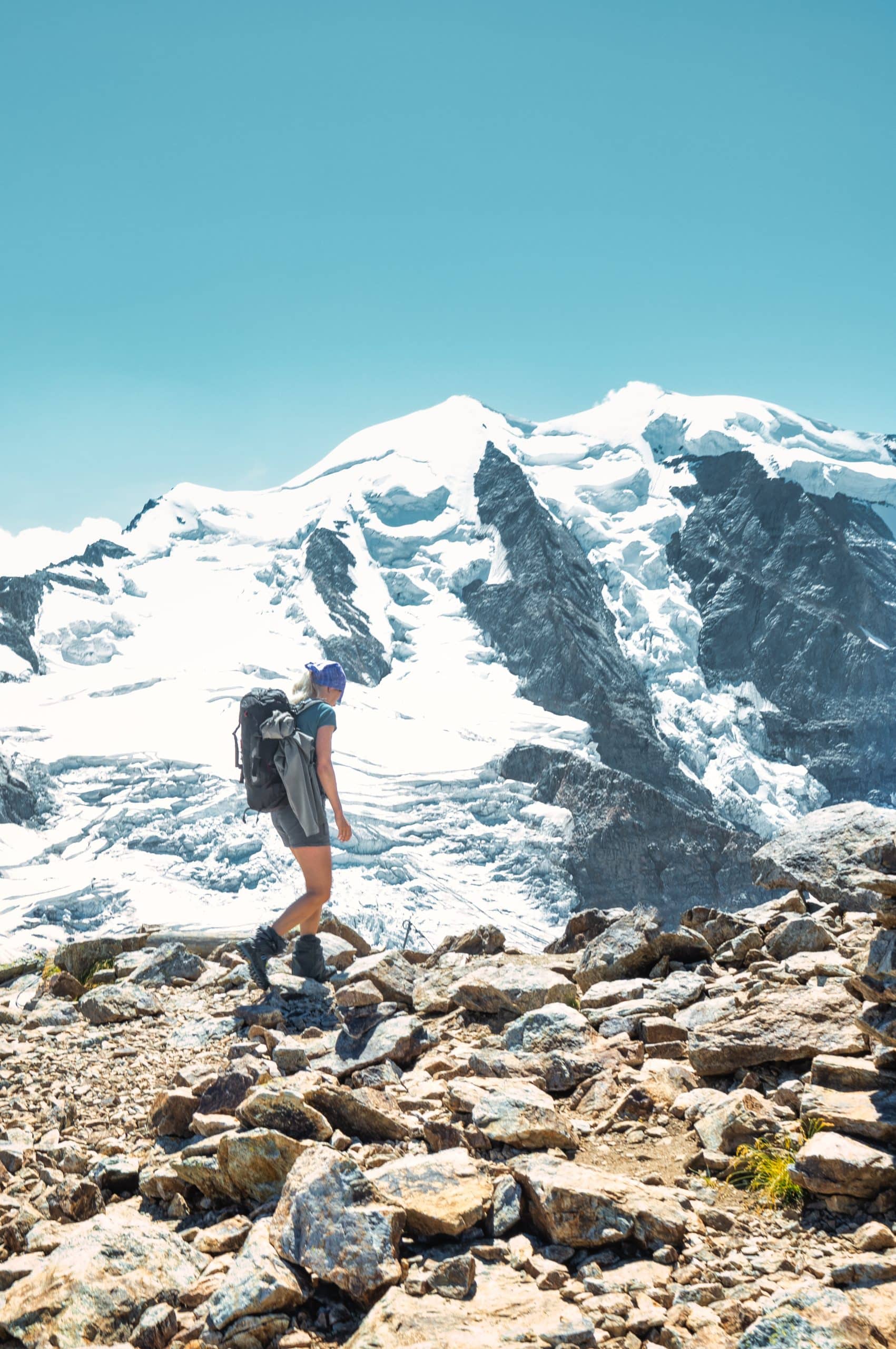What’s the Impact of Altitude Training on Red Blood Cell Production in Elite Runners?

We’ve all seen the images: athletes bent double, gasping for breath as they push their bodies to the limit in high-altitude training camps. But what’s the science behind this gruelling preparation technique, and what effects does it have on the human body, particularly in terms of red blood cell (RBC) production?
Understanding Altitude Training
Altitude training is a practice commonly adopted by endurance athletes who are looking to gain a competitive edge. By training at high altitudes, where oxygen levels are decreased, the athlete’s body is forced to adapt to the conditions of hypoxia, or lack of oxygen.
A voir aussi : How Can Aquatic Therapy Benefit Post-ACL Surgery Recovery for Basketball Players?
The science behind this is sound – the higher the altitude, the thinner the air, and the less oxygen it contains. In response, the body’s survival mechanism kicks in, triggering an increase in the production of red blood cells (RBCs) and EPO (Erythropoietin), a hormone that stimulates the formation of red blood cells. This, in theory, improves oxygen-carrying capacity and endurance performance when the athlete returns to sea level.
This enhanced oxygen-carrying capacity is crucial for athletes, particularly runners, as it enables the muscles to function at their optimum level for longer periods. The result? Improved performance and competitive edge.
Sujet a lire : How Can Custom-Fit Mouthguards Reduce Concussion Risks in High School Football?
Google Scholar, Crossref and the Science of Altitude Training
When you search for "altitude training" on Google Scholar or Crossref, you’ll find a wealth of information that delves deep into the physiological effects of altitude exposure on athletes. These scholarly articles provide a detailed insight into the changes that occur in the body, particularly relating to RBC production.
According to a study published on Google Scholar, altitude exposure can increase RBC mass by up to 27%. This increase is due to a surge in the production of EPO, which in turn, stimulates the production of RBCs. Another study found on Crossref confirms these findings, indicating an increase in RBC mass of 10-20% following prolonged altitude exposure.
However, it’s important to note that the response to altitude training can vary between individuals. Factors such as the altitude level, the duration of exposure, as well as individual physiological differences, can all play a part in determining the extent of change in RBC mass.
How does Red Blood Cell Production Impact Performance?
So, we understand that altitude training can lead to an increase in RBC production, but how does this translate to improved performance for elite athletes?
Red Blood Cells are the body’s oxygen carriers. They contain a protein called haemoglobin, which binds with oxygen in the lungs and delivers it to the body’s tissues. Thus, an increase in the number of RBCs (also known as Hct levels) improves the body’s oxygen-carrying capacity. This is particularly beneficial for endurance athletes, as muscles require oxygen for aerobic exercise.
When athletes return to sea level following an altitude training camp, they bring with them an army of new RBCs, ready to deliver oxygen to their muscles. This can result in improved stamina and endurance, and potentially faster race times. It’s no wonder then that altitude training has become a staple in many elite athlete’s training programmes.
The Risks and Trade-offs of Altitude Training
Of course, like any training method, altitude training comes with its own set of risks and trade-offs. While the potential for improved performance is tempting, athletes must carefully consider these factors before venturing to higher elevities.
One of the primary risks associated with altitude training is the possibility of developing altitude sickness. Symptoms can range from mild, such as headaches and nausea, to severe, like fluid build-up in the lungs or brain. These symptoms can not only derail training plans, but they may also pose serious health risks.
Furthermore, because of the reduced oxygen availability at high altitudes, athletes may not be able to train at the same intensity as they would at sea level. This could potentially lead to a decrease in performance upon return to sea level, counteracting the benefits gained from increased RBC production.
In Conclusion: A Balancing Act
The impact of altitude training on RBC production in elite runners, then, is a complex and multi-faceted issue. At its most basic, altitude training can stimulate an increase in RBC production, potentially leading to improved performance at sea level. However, the extent of this improvement can depend on a range of factors, from the altitude level and duration of exposure, to individual physiological differences.
At the same time, athletes must weigh the potential benefits against the risks and trade-offs associated with this training method. It ultimately comes down to a careful balancing act – one that requires thorough planning, monitoring, and, at times, a willingness to push the boundaries of human endurance.
Individual Responses and Adaptations to Altitude Training
While all athletes respond to altitude training, the degree of response can vary greatly from one individual to another and can be influenced by a wide range of variables. A study published by Physiol PubMed, referenced on both Google Scholar and Crossref, discussed these individual differences and the factors that contribute to them.
The altitude level at which training is conducted can significantly influence an athlete’s response. Generally, a higher altitude leads to a greater stimulus for EPO production and thus higher RBC mass. However, each athlete has a unique "optimal altitude," above which the benefits may start to diminish.
The duration of exposure to high altitude is another crucial factor. Stray Gundersen, a prominent researcher in this field, has suggested an optimal "dose" of altitude exposure to maximize the benefits and minimize the potential drawbacks. These specifics are often adjusted according to the individual’s reaction to altitude and their specific training goals.
Moreover, genetic makeup plays a significant role in how an individual adapts to high altitude. Some people have a greater genetic predisposition to respond to hypoxia, while others may struggle to elevate their RBC count despite prolonged exposure. Therefore, the concept of ‘responders’ and ‘non-responders’ to altitude training has emerged, complicating the process of predicting and evaluating the effects of this training method further.
"Live High, Train Low" – A Potent Strategy
The "live high, train low" strategy has gained popularity among elite athletes in recent years. This approach involves living at high altitudes to stimulate RBC production but descending to lower elevations for training sessions to maintain training quality and intensity. A study found on Appl Physiol, referenced on both PubMed and Google Scholar, supports this strategy as it appears to offer the best of both worlds—increased RBC mass and maintained training intensity.
Essentially, by living at high altitudes, athletes stimulate the production of EPO and increase their RBC count. But by training at lower altitudes, they can maintain their usual training velocity and intensity, ensuring they don’t lose their fitness or speed. This tactic can alleviate the trade-off between RBC production and training intensity that can sometimes occur with altitude training.
However, this method requires significant logistical planning and resources. Access to training facilities at both high and low altitudes is not always feasible, making this strategy difficult to implement for some athletes.
Concluding Thoughts: Altitude Training, a Tool not a Panacea
In conclusion, altitude training can significantly impact RBC production in elite runners, potentially improving performance at sea level. The physiological adaptations, including increased EPO production and RBC mass, can enhance oxygen-carrying capacity and stamina, giving athletes a competitive edge.
However, it’s crucial to recognize that altitude training is not a one-size-fits-all strategy. The individual response to high altitudes can vary significantly, and the benefits of altitude training should be carefully weighed against the potential risks and logistical considerations.
Although there is a level of romanticism associated with athletes pushing their boundaries in remote high-altitude training camps, the reality is much more nuanced. Altitude training is a valuable tool in an athlete’s arsenal, but it should not be viewed as a magic bullet. Like any training method, it requires careful planning, individualized monitoring, and a strategic approach to maximize benefits and minimize risks.
